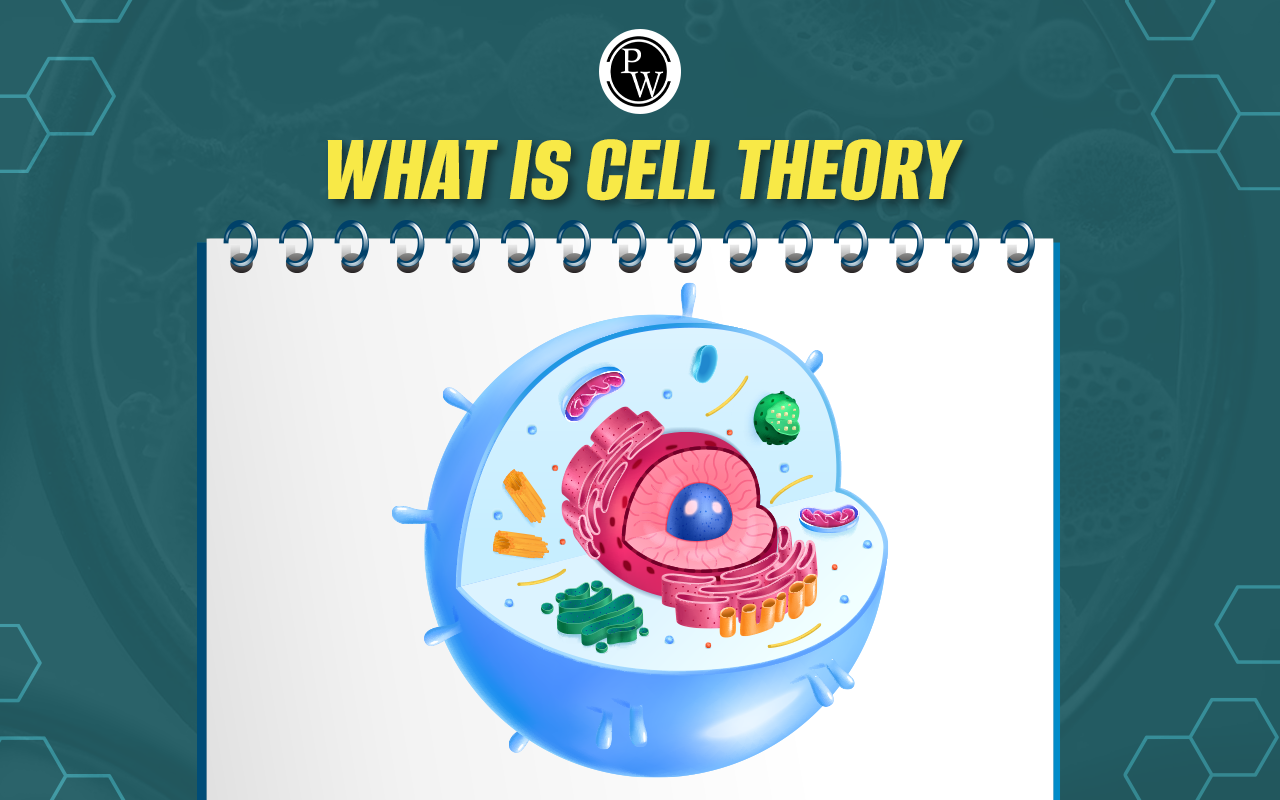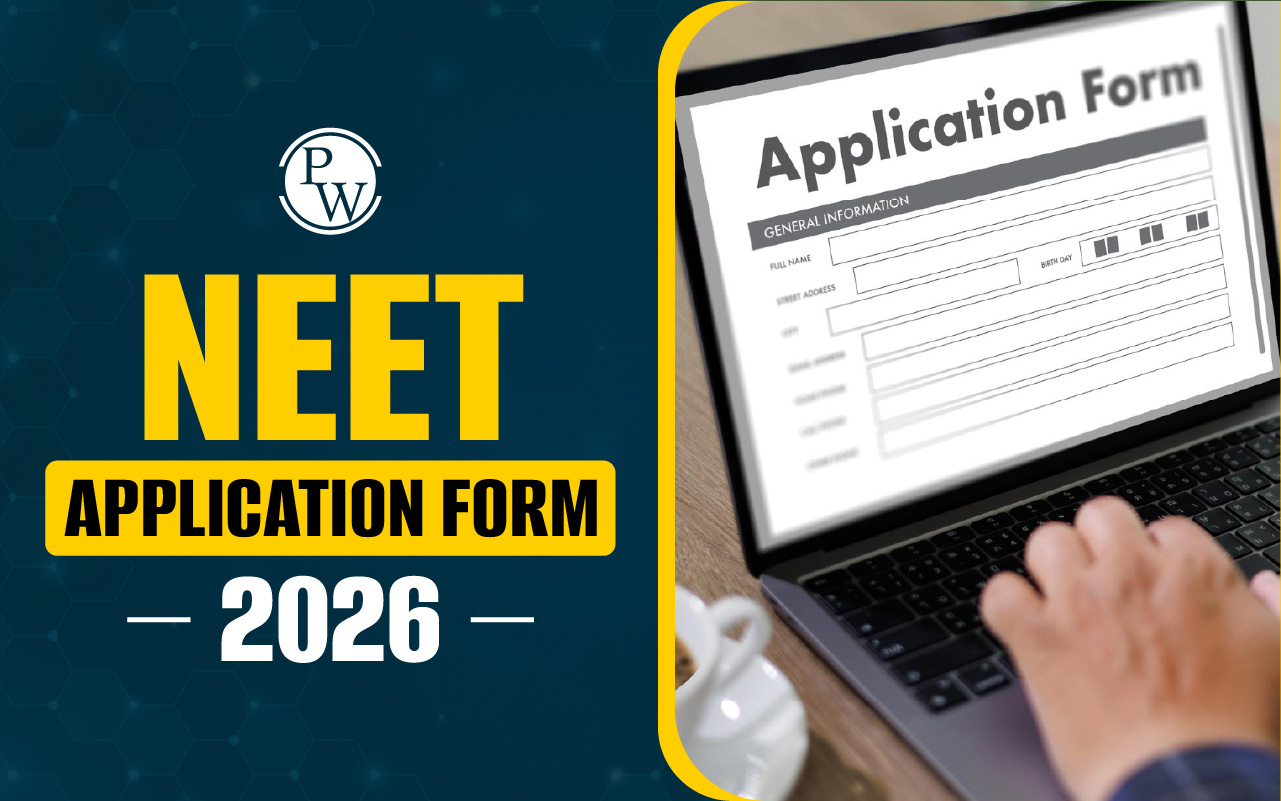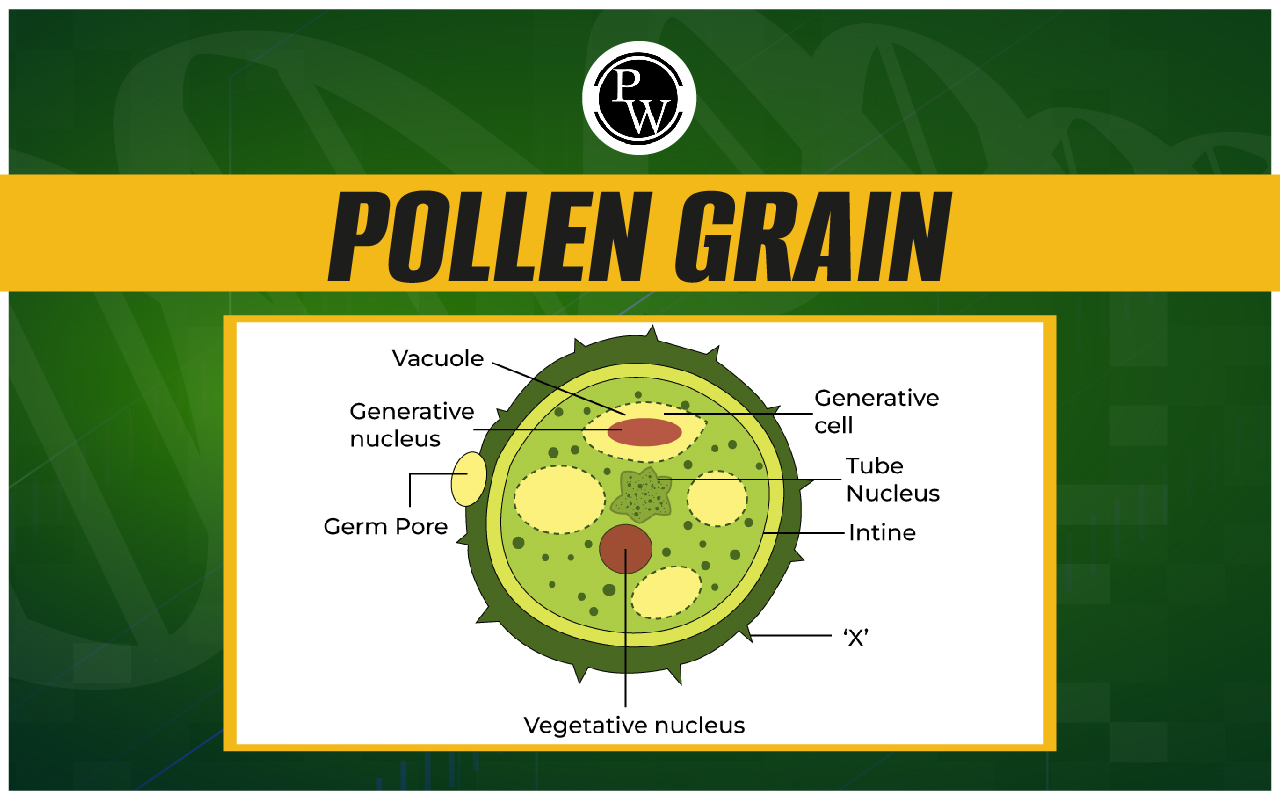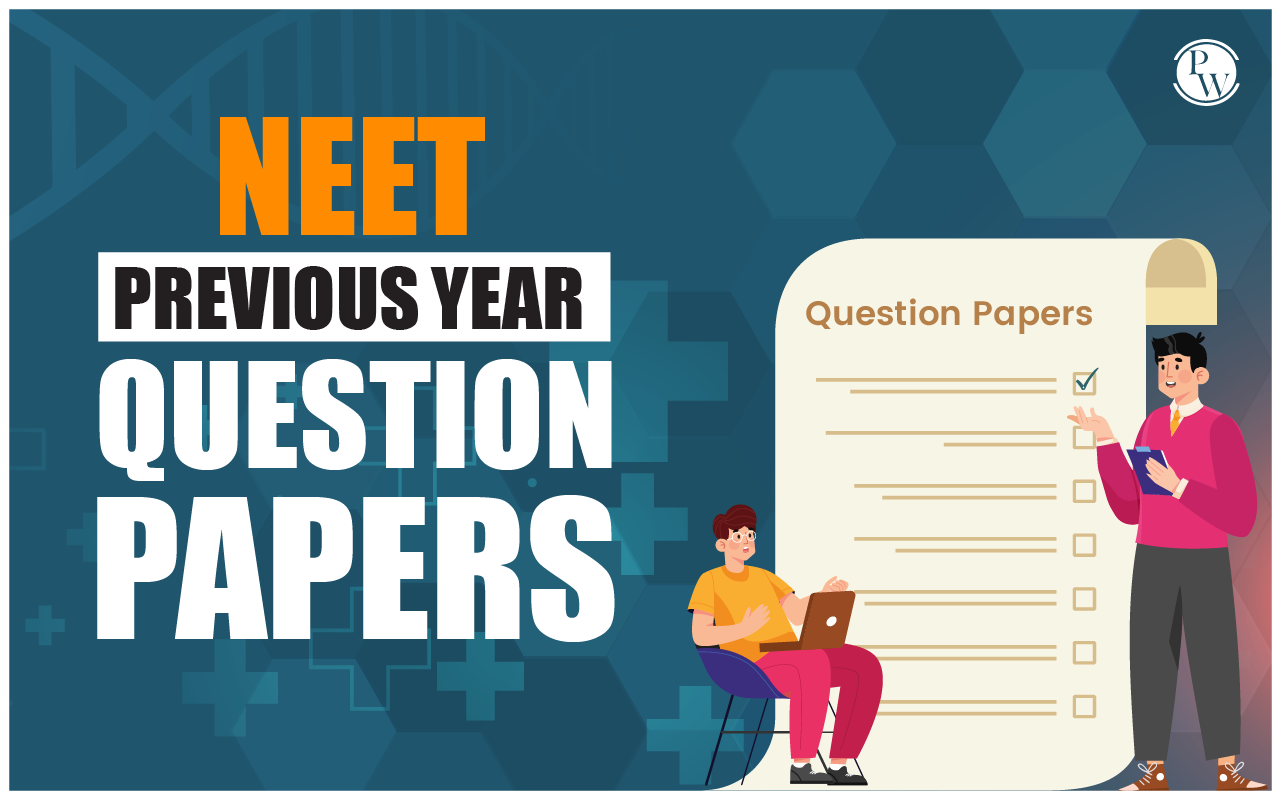
Bioinformatics MCQ Introduction
Bioinformatics MCQ: Large-scale biological information must be stored, retrieved, and analyzed. This process is known as bioinformatics. The fields of biology, computer science, information engineering, mathematics, and statistics are all combined in this multidisciplinary field. Understanding how genes, cell structures, medication targets, and illnesses work may all be done using bioinformatics. For maintaining biological datasets, bioinformatics also creates techniques and software tools.
It is a part of biotechnology application which integrates the findings of biology with the advancement of technology to gain more insights into living systems and create three-dimensional models of biomolecules. In this article, we will discuss some Multiple-choice questions on bioinformatics and its applications.| NEET 2024 Exam Important Links | |
|---|---|
| NEET 2024 Syllabus | NEET Biology Notes |
| NEET 2024 Eligibility Criteria | NEET Exam Pattern |
| NEET Previous Year Question Papers | NEET Admit Card |
Bioinformatics MCQ
Q 1. Which of the options listed below is not the purpose of a sequence comparison?
- To identify any shared patterns between the two sequences.
- Investigating the physical characteristics of molecules
- To investigate evolutionary links
- To spot conservation trends
Answer: Option (2) is correct.
Explanation: A comparison is necessary to determine if it is likely that two sequences originated from the same sequence. Sequence comparison is also used to determine whether sequences from the database are comparable to the sequence in question.
Q 2. In the mutation process of a genetic algorithm, _______
- no changes are made to the sequence
- changes are made to the sequence
- gaps are not reorganized
- gaps are not introduced
Answer: Option (1) is correct.
Explanation: In the mutation process, gaps are added and positions are adjusted in an effort to produce a more advantageous MSA. The sequence is not altered (otherwise, it would no longer be an alignment). The sequences in a particular MSA are split into two groups based on an estimated phylogenetic tree during the gap insertion phase, and gaps of random length are then added into the alignment at random locations.
Q 3. Which of the options that follow does not fall within the BLAST umbrella?
- BLASTP
- BLASTX
- TBLASTNX
- BLASTN
Answer: Option (2) is correct.
Explanation: The BLAST program family includes BLASTP, TBLASTN, and TBLASTX. With the use of a database of nucleotide sequences, BLASTN searches for specific sequences. Based on the BLOSUM62 matrix, the alignment scoring is created.
Q 4. In the pairwise power-based technique, a sequence of proteins is sought in a structural fold library to select the best matching structural fold utilizing ____ criteria.
- energy-based
- residue-based
- structural-based
- sequence-based
Answer: Option (1) is correct.
Explanation: The precise process is matching each structural fold in a fold library with the query sequence. Dynamic programming or heuristic methods are used to do the alignment essentially at the level of the sequence profile. Local alignment is frequently changed to achieve reduced energy and better fitting. Algorithms like double-dynamic programming can be used to accomplish the correction.
Q 5. Which of the following statements regarding homology modeling is false?
- The evolutionary distances are not mentioned anywhere.
- The underlying idea is that two proteins with a high enough degree of sequence similarity are likely to have three-dimensional structures that are quite similar to one another.
- Protein structures are predicted by homology modeling based on sequence homology with existing structures.
- It is also termed comparative modeling.
Answer: Option (1) is correct.
Explanation: Homology modeling, as its name implies, forecasts protein structures based on sequence homology with existing structures. The all-atom model generated by homology modeling is based on alignment with template proteins.
Q 6. What is the one fact about FASTA that is incorrect?
- In reality, it was created before BLAST and was the first database similarity search tool.
- A string of identical residues with a length of k is searched for using the "hashing" method by FASTA.
- The string of residues is referred to as a "block."
- Its acronym is FAST ALL
Answer: Option (3) is correct.
Explanation: The string of residues is referred to as ktuples, which are similar to words in BLAST but often shorter than words. Protein sequences typically consist of two residues, whereas DNA sequences typically consist of six residues.
Q 7. Which of the following statements regarding the iterative method is false?
- This approach is not dependent on heuristic methods;
- The order of the sequences utilized for alignment varies with each iteration.
- The iterative technique is founded on the notion that an optimal solution may be discovered by continually altering existing poor solutions
- This approach is likewise heuristic in nature and lacks assurances for locating the ideal alignment.
Answer: Option (1) is correct.
Explanation: The iterative method is based on the heuristic approaches. Starting with a low-quality alignment, the process steadily raises it through iterative realignment and well-specified protocols until no more gains in alignment scores can be made.
Q 8. Which of the following statements about sequence homology is false?
- It is a crucial idea in sequence analysis.
- Two sequences are considered to have homology when they share an evolutionary ancestor.
- Even if two sequences do not have an origin, they might nonetheless be homologous.
- Two sequences are considered to have a homologous connection if they share an evolutionary ancestor.
Answer: Option (3) is correct.
Explanation: Homologous connections are more definite when the sequences share an evolutionary ancestor. Sequence similarity, a closely related but distinct concept, is the proportion of aligned residues that share physiochemical characteristics including size, charge, and hydrophobicity.
Q 9. Which of the following statements about transmembrane proteins is false?
- The membrane proteins are neither receptors nor drug targets,
- They are of great biological value.
- They carry out a range of crucial cellular processes, including signal transduction, cross-membrane transport, and energy conversion.
- Makeup to 30% of all proteins in cells.
Answer: Option (2) is correct.
Explanation: The membrane proteins are also of great medicinal significance since pharmaceutical companies frequently use them as drug targets. Integral membrane proteins come in two different varieties: -helical type and -barrel type. Only -helices, which are present in the cytoplasmic membrane, are present in the majority of transmembrane proteins.

Q 10. Which of the following does not constitute an online resource for aligning sequence pairs?
- BLASTN
- BCM Search Launcher
- BLASTX
- SIM
Answer: Option (3) is correct.
Explanation: Under BLAST 2 sequence alignment, BLASTX is employed. Furthermore, two sequences can be aligned using the BLAST technique, which is often used for database similarity searches. A local similarity program, or SIM, is used to locate alternative alignments.
Q 11. Which of the factors listed below is not an advantage of BLAST?
- Speed
- Statistical rigor
- Handling gaps
- More perceptive
Answer: Option (3) is correct.
Explanation: Blast is known for its speed and statistical rigor. Another feature of BLAST is that it has an intuitive user interface. But it struggles with gaps. Gapped BLAST is preferable in this situation.
Q 12. Which statement regarding coils and loops is untrue?
- hey have erratic structures
- If the connecting sections are wholly asymmetric, they are a part of random coils.
- They are conventional structures.
- The loops frequently have abrupt twists or hairpin-like features.
Answer: Option (3) is correct.
Explanation: Residues in the loop or coil regions, which are situated on the surface of the protein structure, frequently have electric and polar charges. They are typically the evolutionarily unstable areas where mutations, insertions, and deletions commonly take place. Since these places are frequently where proteins' active sites are found, they may have functional significance.
Q 13. Of the following forms, which one is not an RNA form?
- mRNA
- rRNA
- tRNA
- qRNA
Answer: Option (4) is correct.
Explanation: There are three primary types of RNA, which are known to be a transporter of genetic information. They are ribosomal RNA, transfer RNA, and messenger RNA, or mRNA, respectively. The three primary functions of these molecules are as follows: mRNA controls the synthesis of proteins, rRNA acts as a structural framework for ribosomes, and tRNA transports amino acids for polypeptide synthesis.
Q 14. The process of finding medications via genetic research is known as __________.
- Genomics
- Pharmacogenomics
- Pharmacogenetics
- None of the above
Answer: Option (2) is correct.
Explanation: The study of how the genome affects a drug's reaction is known as pharmacogenomics. It combines pharmacology with genetics, as indicated by the term "pharmaco + genomics." Pharmacogenomics investigates how a person's genetic makeup impacts how they react to medications.
Q 15. The method of determining the relative position of genes on a chromosome is known as __________.
- Gene monitoring
- Genome-walking
- Genome mapping
- Chromosome walking
Answer: Option (3) is correct.
Explanation: The technique of locating genes on each chromosome is known as genome mapping. It is employed to make genetic maps, which identify genes and their chromosomal locations. The technique of locating genes on chromosomes is called gene mapping.
Bioinformatics MCQ FAQs
What is the meaning of bioinformatics?
What are some applications of bioinformatics?
Which is better: bioinformatics or MBBS?
Is NEET required for bioinformatics?
Is bioinformatics hard for biology students?










